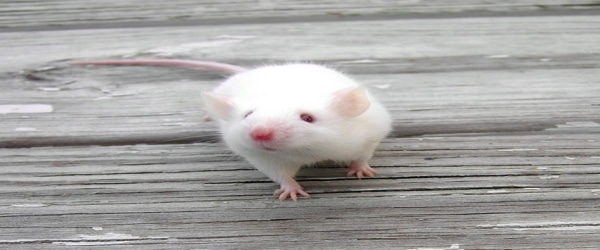CPEC– a Quick and Inexpensive Cloning Strategy
Cloning Strategies – a Whole Lot of Options to Choose Molecular cloning has come a long way from simple restriction digestion-ligation cloning strategies to a large number of highly efficient alternatives. Broadly classified, cloning techniques can be divided as sequence dependent and sequence independent strategies. Sequence-dependent strategies are based on restriction digestion-ligation techniques or site-specific…













